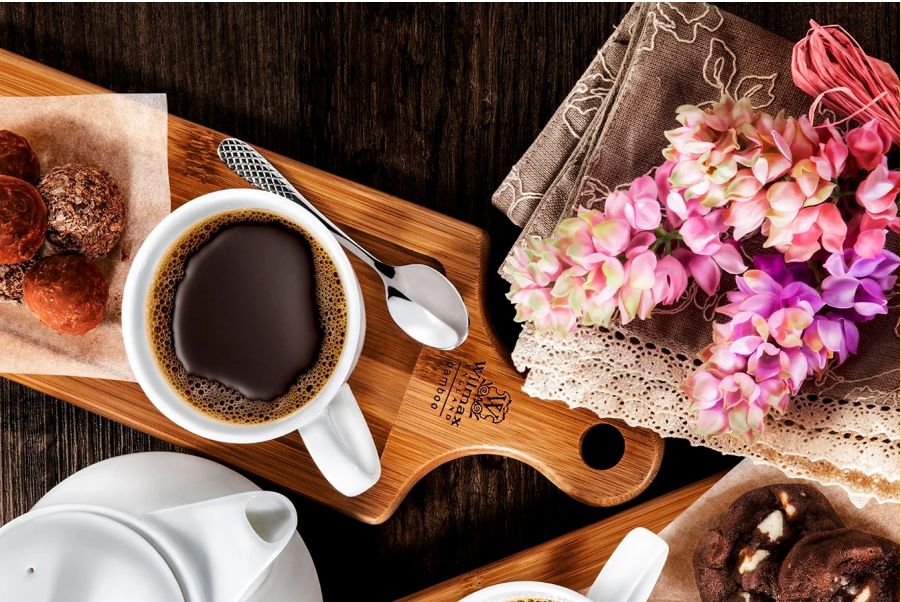Dining in Dimension: Layered Table Settings Creating Depth & Drama

From stacked plates to multi-height centerpieces — how modern tables are turning into 3D works of art.
Forget flat — the new table trend is all about dimension. Restaurants, event designers, and home entertainers alike are building tablescapes with height, structure, and texture, transforming the dining experience into something sculptural. Welcome to the world of layered dining, where plates stack, glasses tower, and napkins fold into art. This isn’t just setting the table — it’s creating a landscape.
🍽️ The Art of Height
The concept of height in dining design started quietly — tiered dessert trays, cake stands, and elevated centerpieces. But now, it’s evolved into a full aesthetic movement. Tables are being composed like city skylines, with dishes of varying heights, textures, and layers creating visual rhythm.
“We want the table to feel alive,” says interior designer Camille Legrand, whose restaurant projects feature rising plate pedestals and geometric serving tiers. “A flat table is static. Add height, and suddenly, there’s energy and conversation.”
🎭 Layers That Tell a Story
Layering isn’t just about stacking plates — it’s about storytelling. Think: a matte charger plate, a glossy dinner plate, a handmade ceramic bowl — each one framing the next course like a new act in a play. Add folded linens, textured napkin rings, and metallic accents, and you’ve got a visual composition as intentional as the food itself.
Designers call this approach “plate choreography.” Each piece is chosen to guide the eye — from the base to the height, from the edge of the table to the centerpiece. It’s about movement, not clutter.
🕯️ Sculptural Centerpieces & Geometric Drama
Forget massive floral arrangements that block conversation. The new approach is architectural — think curved candle holders, staggered vases, and asymmetric serving boards that create depth without crowding. Every object earns its place by adding form and flow.
“A table should have dimension like a landscape painting,” notes stylist Renee Takahashi. “You need peaks and valleys, contrast and balance — it’s visual storytelling, but edible.”
🌈 Playing with Materials & Contrast
Layering is also about contrast. Mix matte with gloss, wood with metal, linen with glass. Pair a rough stone charger with a delicate porcelain plate, or place a modern geometric coaster atop a rustic wooden board. The tactile variation adds richness and intrigue, making the dining experience both visual and sensory.
Even glassware is getting the 3D treatment — stacked shapes, colored stems, and ripple textures that play with light to add subtle depth. It’s a design principle borrowed from architecture, now scaled to the intimacy of the dining table.
📸 Why It Works on Camera (and in Real Life)
The rise of layered dining coincides with the social media era — tables that photograph beautifully also tend to engage diners in person. Depth, shadow, and contrast make for both compelling photos and memorable experiences.
“Flat tables look fine in person, but they fall flat online,” explains hospitality creative director Diego Moreno. “Layering adds visual complexity — it tells the story of the meal before the first course arrives.”
🏛️ The Future: Tables as Installations
The trend shows no signs of slowing. Expect to see modular serving platforms, adjustable-height dishes, and geometric stands integrated into restaurant design. Even home dining is catching up — lifestyle brands are releasing stackable collections designed for aesthetic layering.
The line between functional table setting and installation art is blurring fast. The next time you sit down for dinner, don’t be surprised if the table feels more like a sculpture — because in 2025, that’s exactly the point.
Dining has officially gone 3D — and the table has never looked this dynamic.
Share:





